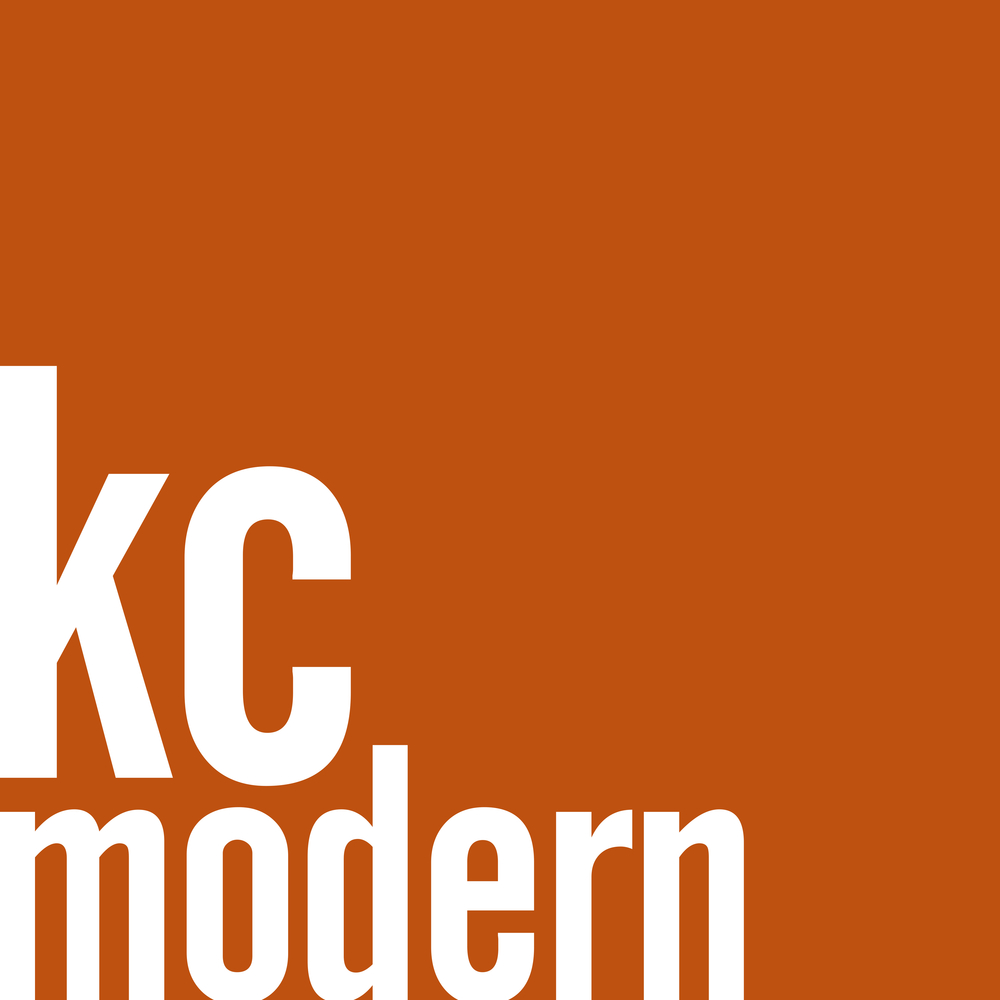 This home was designed by Roger Wilken, Architect and with certain adjustments suggested, built by Bob Wendt. This pin-wheel plan featured great indoor/outdoor views and multiple patios, with "japanese" steps down to them as he did in the Graves and Morgan houses, which are nearby. Around this time Bob complained about getting skilled craftsmen that could complete his plans with quality workmanship, often doing the work himself.
This home was designed by Roger Wilken, Architect and with certain adjustments suggested, built by Bob Wendt. This pin-wheel plan featured great indoor/outdoor views and multiple patios, with "japanese" steps down to them as he did in the Graves and Morgan houses, which are nearby. Around this time Bob complained about getting skilled craftsmen that could complete his plans with quality workmanship, often doing the work himself.
 Below- Detail of chimney. Bob liked stone masonry and used it in most of his designs.
Below- Detail of chimney. Bob liked stone masonry and used it in most of his designs. The house below is in Mission Hills, KS near 63rd and Aberdeen. Bob "loved a good gable" and this house is the ultimate example of that...a double gabled roof on the large public space and a gallery, low and private are for the bedrooms, walkout basement on the north side, with loads of light and a beautiful pool area with cabana. The "Barefoot Contessa" recently did a fundraiser/cooking show at this house ...
The house below is in Mission Hills, KS near 63rd and Aberdeen. Bob "loved a good gable" and this house is the ultimate example of that...a double gabled roof on the large public space and a gallery, low and private are for the bedrooms, walkout basement on the north side, with loads of light and a beautiful pool area with cabana. The "Barefoot Contessa" recently did a fundraiser/cooking show at this house ...


Below is Bob's own home built in the late fifties. In many ways it was an experimental house due to its unusual building components. We will be featuring some of these houses individually to show that Bob's work has merit and should be appreciated for his perfectionism in construction and design ability. A number of years ago I talked with Eugene Young, Architect and he told me a story about going to see Bob at his office behind the Westwood shops in the mid-sixties. He quoted Bob as saying "Architects don't like me because I'm not an Architect and Builders don't like me because I can design a good house and insure the quality of construction for an owner.


































